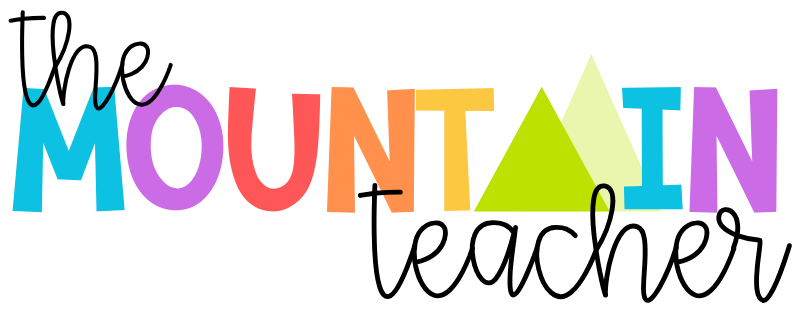Everything You Need to Know to Teach Addition and Subtraction to 1000
Teaching students to add and subtract up to 1000 is no easy feat. This is by far one of the hardest units that I teach in second grade, but is vital to their foundational skills going forward. With that being said, I always teach this unit right after teaching place value. That way, when/if students don’t get it, I have the entire rest of the school year to continue teaching it.

Daily Warm Up:
I have two different daily warm ups that I do during the addition and subtraction to 1000 unit. First, I have 4 warm up problems that I put on the board each day. Students solve the problems in their notebooks. The fourth problem is always a “challenge” problem, in that it is the skill that I will be teaching that day. I give students independent work time for this, then we review the new skill of the day as a class.
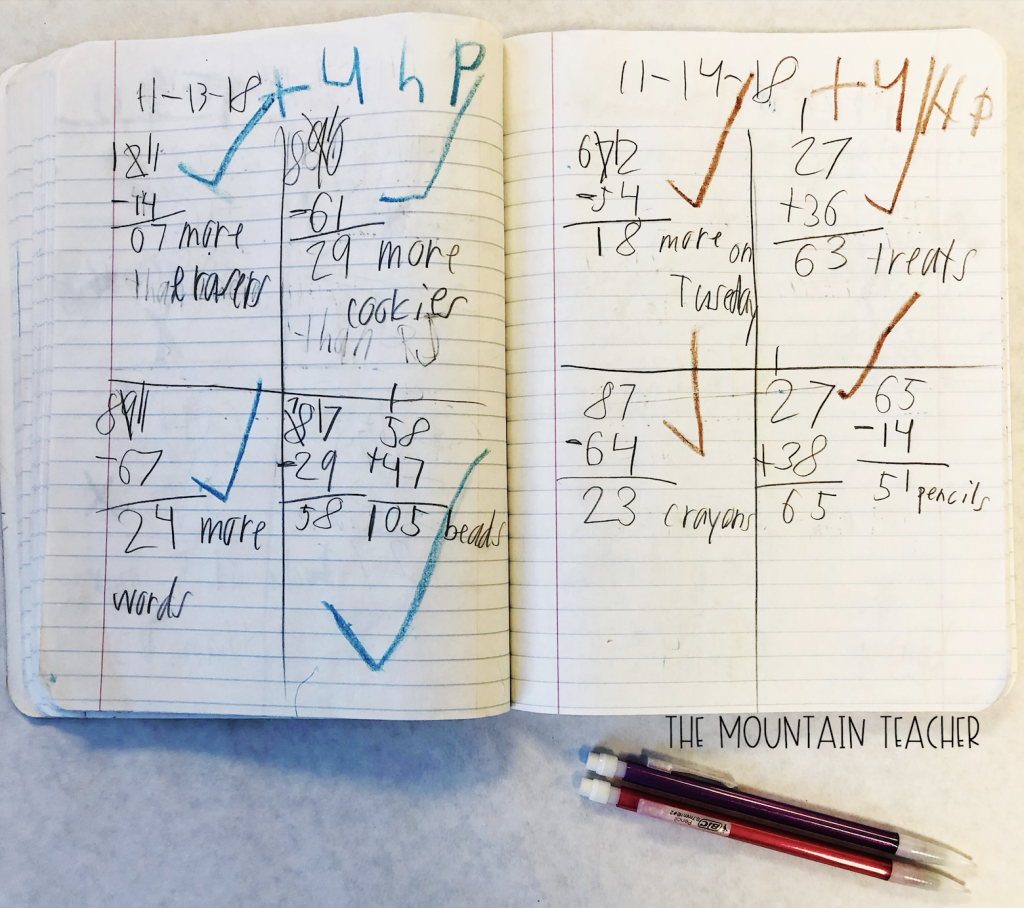
When students finish their 4 warm up problems, I have them move on to “mystery pictures” to practice math facts. Mystery pictures are an amazing FREE resource from coloringsquared.com. There are tons of themes and characters that students LOVE to color and reveal, while practicing math facts.

Finally, if students are still struggling AFTER the unit is finished, I have a third warm up that I will use in small groups. I will target the specific skill a student is struggling with, and in a sheet protector, I will have students practice what they need as a warm up for small group. I try to have all of my students working on a different page in order to prevent cheating and promote working toward personal goals.
Sequencing:
My number one advice for this unit is to GO SLOW to go fast! It might feel excruciating at times, you might want to pull your hair out and cry all at the same time… but I promise you, the end results will be worth it!

I spend an entire six weeks teaching this unit. Yes, you read that right, SIX weeks! Here is the breakdown of what I do:
- Week One: Adding two and three digit numbers with and without regrouping using base ten models
- Week Two: Subtracting two and three digit numbers with and without regrouping using base ten models.
- Quiz/Quick Check 1
- Week Three: Addition with and without regrouping using the standard algorithm
- Week Four: Subtraction with and without regrouping using the standard algorithm
- Quiz/Quick Check 2
- Week Five: Adding 2, 3 and 4 two-digit numbers with and without regrouping, doing multi-step problems
- Week Six: REVIEW all skills and models
- Test
- I spend the rest of the year checking in to make sure students retained this, and then making sure students who did NOT get it, get a chance to prove their mastery. We also go more in depth in the next unit, addition and subtraction word problems.
The Challenge:
There are a few challenges to teaching this unit. The first challenge is encouraging parents to not teach their students the standard algorithm right away. This is so important because students REALLY need to be able to understand and explain the reasoning behind why adding these numbers together makes sense, and by having them draw/build concrete models allows students to truly understand the place value of each digit.

Another BIG challenge is making sure to be reviewing addition and subtraction skills cumulatively. Students will get very good at one operation, then very good at another, then they might start combining different strategies together to do some sort of quasi-addition-subtraction equation. Creating simple, useful, anchor charts with students is the easiest way to prevent this from happening. It is not only important to create these charts with students, but also to REFER BACK TO THEM so students KNOW how to use the anchor chart in front of them.
Center Ideas & Games:
There are two big pieces to this unit. First, ensuring students have the math facts available to them to quickly solve addition and subtraction problems during the standard algorithm. The other main point is obviously practicing addition and subtraction to 1000 with bigger digit numbers.
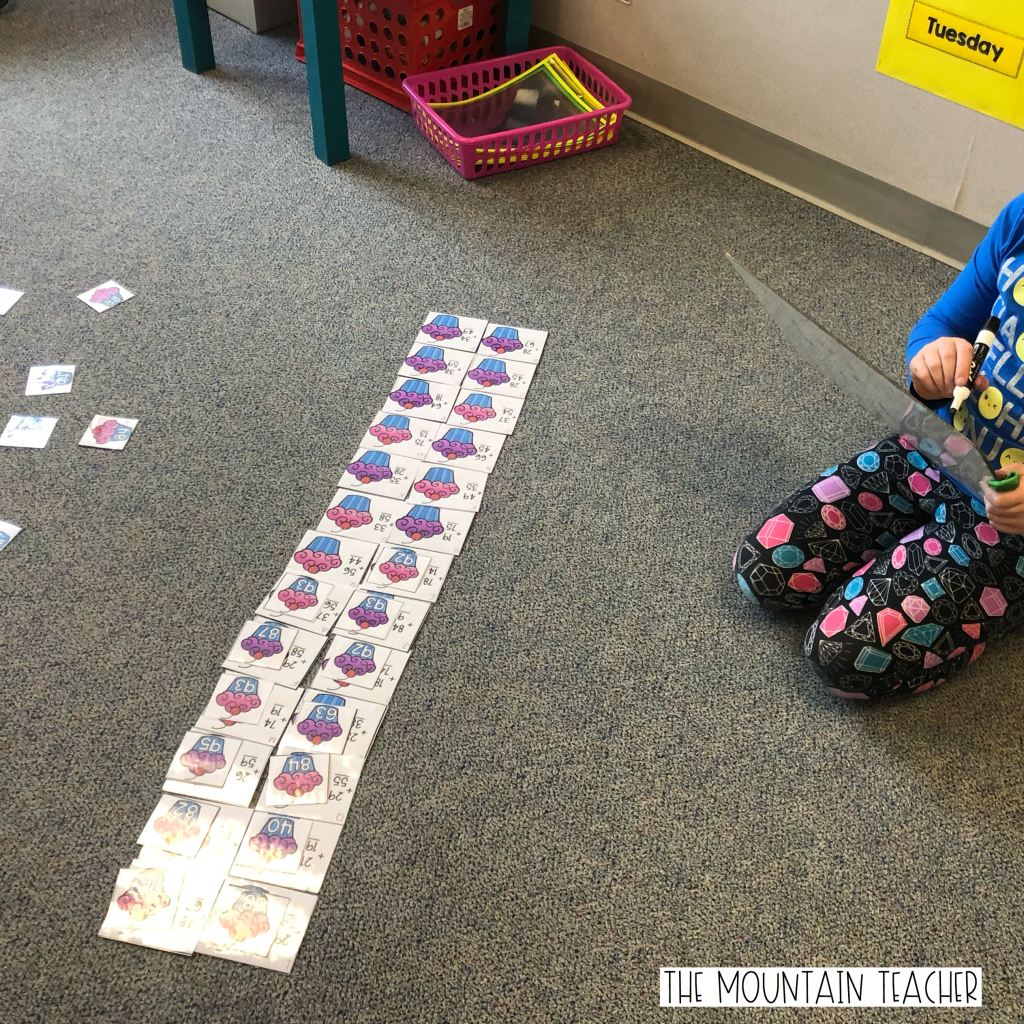
A big struggle with my students when doing centers is that they will try to solve these problems in their heads. I always discourage my students from doing this during this unit, because it leads to complications later. That being said, most of our games are not supposed to be written on. To help this problem, I tell students that when they are playing the different math games, they can bring their whiteboard around with them and solve the problems on their whiteboard. If you aren’t wild about this idea, allow them to use scratch paper instead!

My students LOVE bump games to practice addition and subtraction facts under twenty with a partner. They also love matching games to practice most other skills. There are other center games out there, but I have found that they are too complicated to teach and don’t have as much bang for their buck as some of the more direct games.
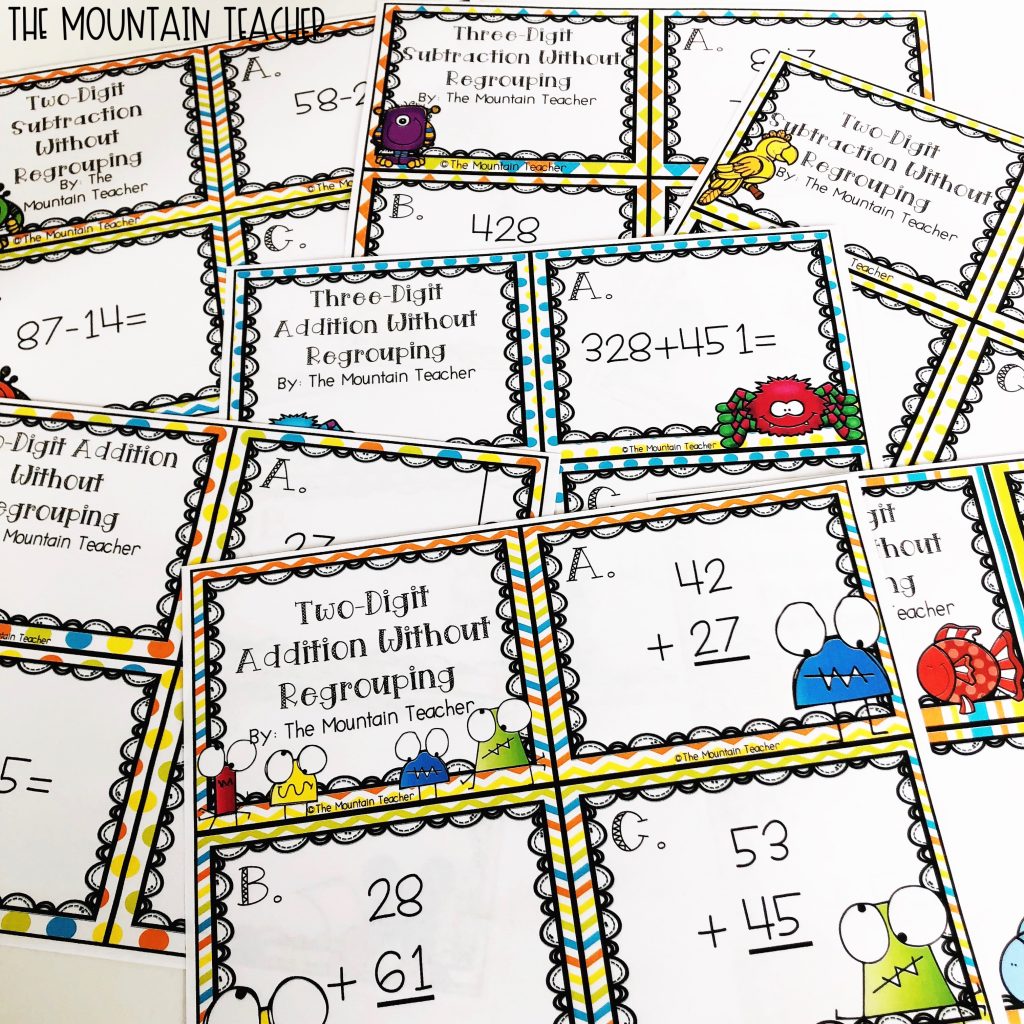
Finally, my students also spend a lot of time during this unit practicing their task cards. I have a task card set for each different skill we practice in this unit, and students identify what they need (or want) to work on, grab that set and use their reusable recording sheet to practice their facts

Anchor Charts:
As I stated above, creating anchor charts with your students for this unit is truly going to get the best results. Creating the anchor chart with your students allows them to put their own wording on the chart, increases accountability and students feel like they have contributed to the creation and are more likely to refer back to the chart.

I make the photographed charts. I always make them on the day that I am introducing the practiced skill. I always try to make them using 3 digit numbers, so that it is easier for them to utilize later on. We create it together, then I have students talk it through with a partner. They take turns listening and talking to ensure they hear how to use the chart and tell someone else how to use it. When students get stuck while we are working, I will ask them which step of the chart they are on. If they don’t know, then. I have them go over to the chart and figure it out. When we solve the problems, we use the language “first, then, next, last” and we always repeat it in the same way, so that students that are struggling will ALWAYS hear it over and over again in the same way, and remember it later.

Manipulatives:
For this unit, I use 3 different manipulatives: 100s charts, number lines and place value blocks. I only use the place value blocks on the first few days, and then really encourage my kids to have drawing them mastered (to save time). The 100s chart and number line help with adding and subtracting numbers, and I highly encourage them. Snag this one for free.

Resources & Freebies:
Addition and Subtraction to 1000 Unit
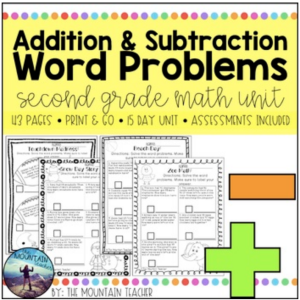
Addition and Subtraction to 1000 Practice Worksheets

Addition and Subtraction Centers

Addition and Subtraction Task Cards

Task Card Recording Sheet – FREEBIE
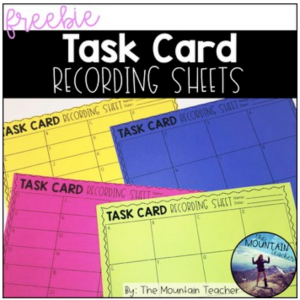
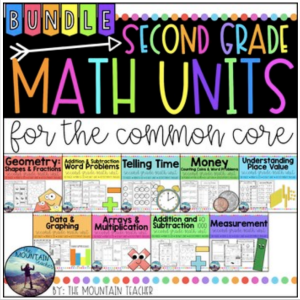
Second Grade Math Center Bundle
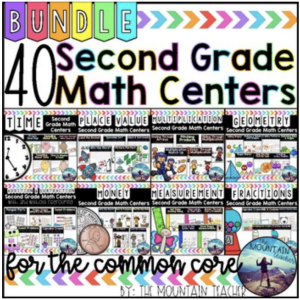
Best of luck teaching this unit! Let me know if you have any questions, comments or suggestions for teaching this in the comments below. Check back in two weeks for the next math segment on data and graphing.
